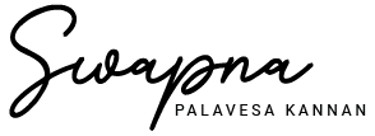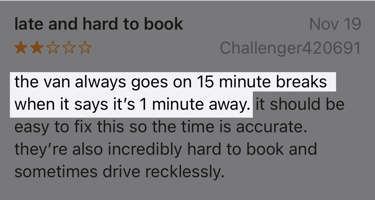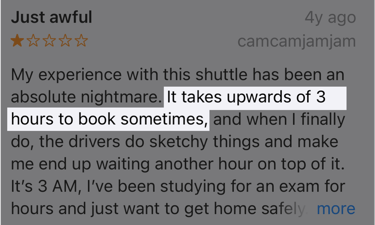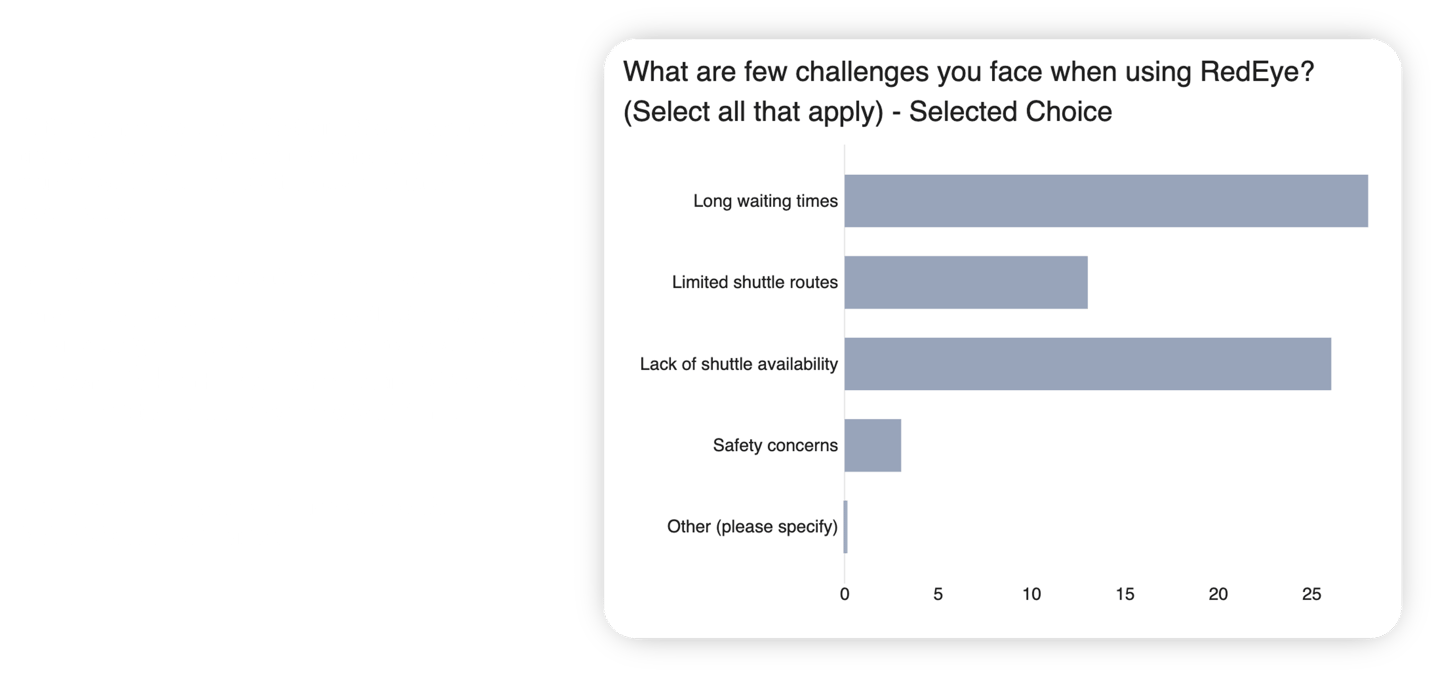RedEye Mobile Application
Enhancing user experience for university commuters

Summary
Redeye is the commuting service that is currently provided to students who are traveling back home from the university outside the campus from 5 pm to 6 am to ensure their safe travel back home.
I delved into understanding the commuting service and discovered that over 75% of users were frustrated by the lack of shuttle availability, and 80% were unhappy with long wait times and the repetitive booking process. My research led to the creation of practical, cost-effective solutions that can significantly improved the user experience, ensuring safer and more efficient travel for students.
More than 3,300 students used the service for 45,000 rides in the 2018-2019 academic year.
Challenges faced by students
Having seen several students use Redeye the safety escort services late at night in Northeastern University, I conducted an initial research to understand its user. During my research, I understood that there has been several user frustrations that has been listed below.
Long Booking Times
Manual Ride Checks
Lack of Default Pickup Locations


As a first step, I conducted a competitors analysis to understand the current market and what are the offerings/features that is available in other applications similar to RedEye.
Following this I conducted a survey to identify what are the various issues currently faced by the commuters. Following this, I conducted user interviews to understand why they are facing these issues.
Competitor Analysis
RedEye's strategic advantage lies in its specialized focus on safety within the Northeastern University community. Deep integration with university infrastructure and specialized safety features create a sense of trust and security among students and staff.
Where as TransLoc Rider and TripShot offer valuable transportation services, they cater to different university campuses with broader commuting needs.
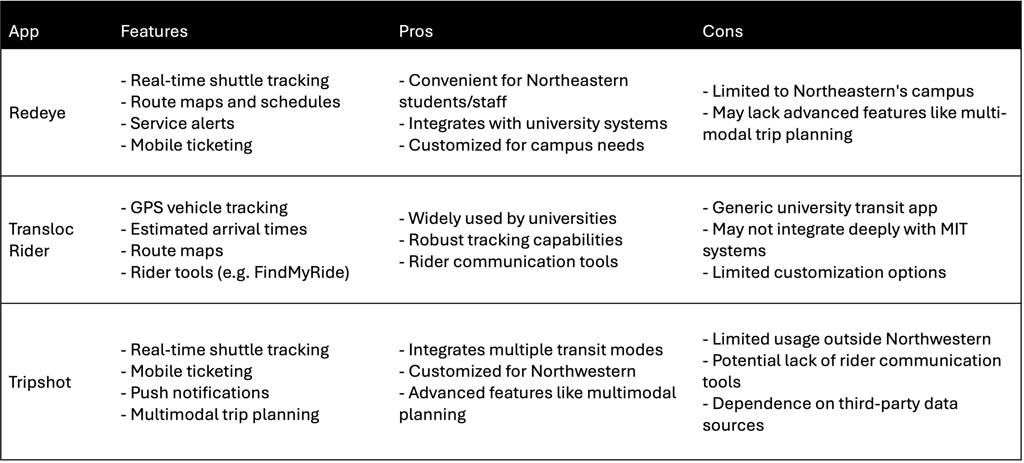



Research Questions

Survey
61 participants participated in the survey
49 of those participants were graduate students
10 questions total
Goals
Understand the challenges faced by current RedEye users.
Assess awareness levels and usage ratio among the target audience.
Identify reasons for non-usage and barriers to adoption.
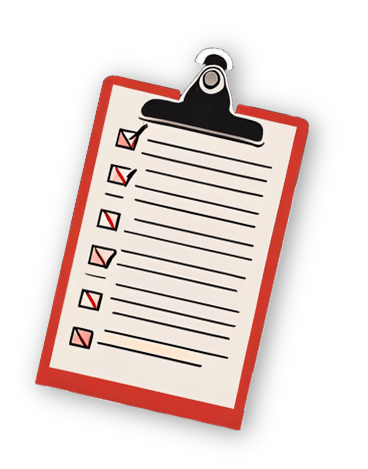

Initially, I created the survey logic as a mind map on Mural, where I collaborated with my professor and received valuable feedback. Based on the feedback, I decided to use the 5-point likert scale to understand the user's current experience. I created a survey on Qualtrics using 2 survey logics:
one for current users to provide feedback based on their experience and another for non-users to understand why they don't use the app.
Survey Logic
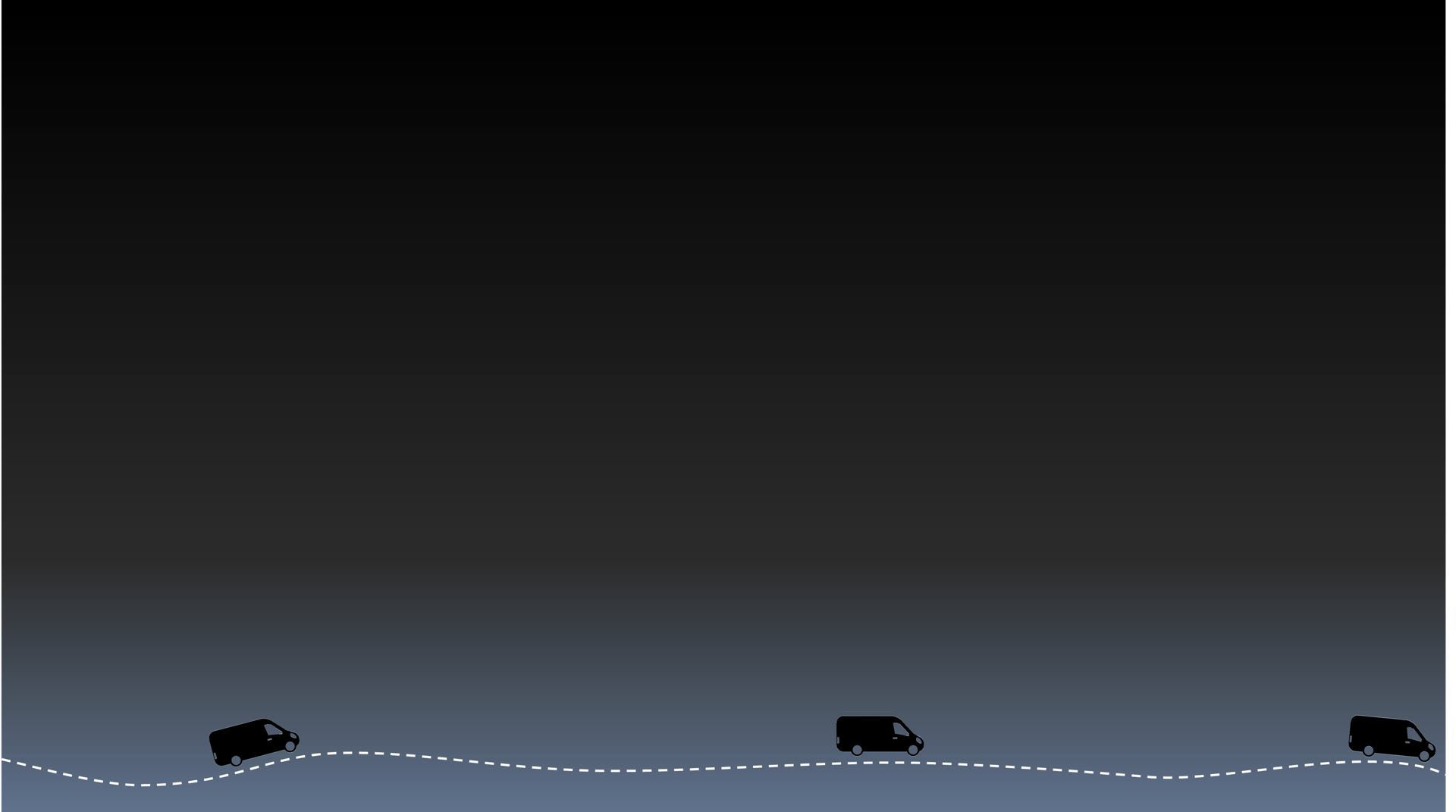
Survey Results – Suggestions
When asked
If you had a magic wand and could improve any aspect of Redeye, what would you do?
A few common themes emerged
Communication
“I would improve on the communication between the driver and the students boarding. Sometimes, students feel that the drivers take quite a while to arrive at the spot, if the students had an option to contact the driver to know where are they are it would help improve the experience.”
Availability
“Most of the time when I request a ride, they say they are experiencing unusually high demand and there are no rides available. It can't always be unusually high they just don't have enough vans available.”
Pick up & Drop
“Adequate resources to meet the needs of students. It would also be nice to have alternate pick-up spots on campus. Why do you have to enter your from destination if the only option is Snell Library?”
User Interviews
Goals
Identify common pain points
Gather suggestions for improving the service.
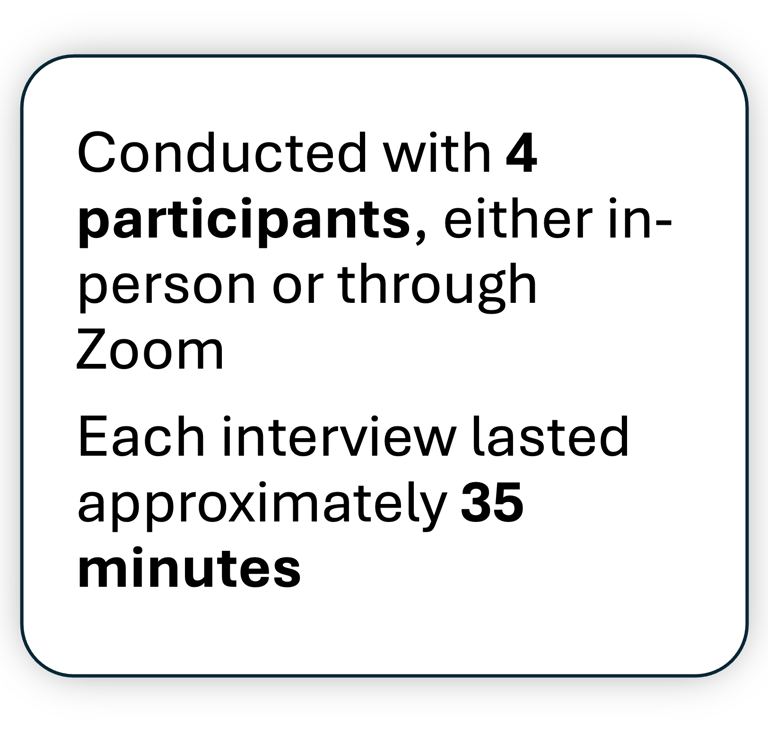



Process
I focused on understanding their usage patterns, satisfaction levels, and suggestions for improvement. The interview notes underwent thorough analysis to pinpoint recurring themes and areas of concern. Through this process, I identified commonalities among user experiences and suggestions. I made a conscious effort to maintain impartiality by framing questions in an open-ended and unbiased manner, eg: asking them what are some issues they faced? why did they feel it was a problem? to ensure that user responses remained uninfluenced.

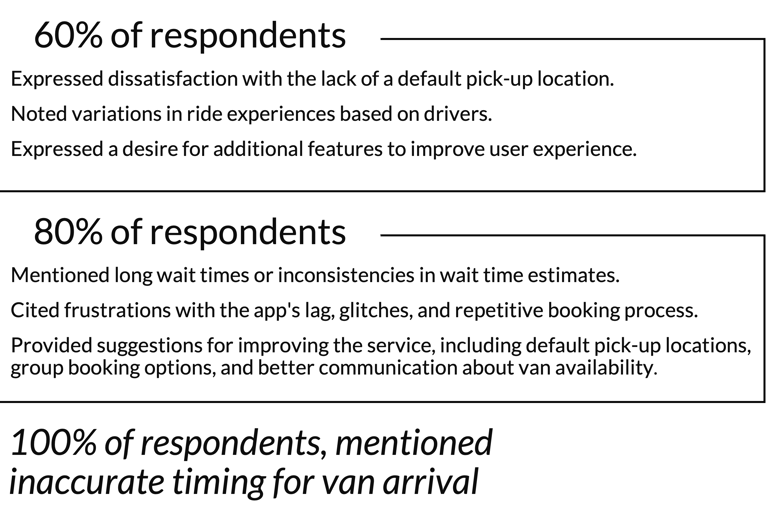

User Interviews - Results


Recommendations
Provide an option to contact the driver to know where they are or if they are getting delayed.
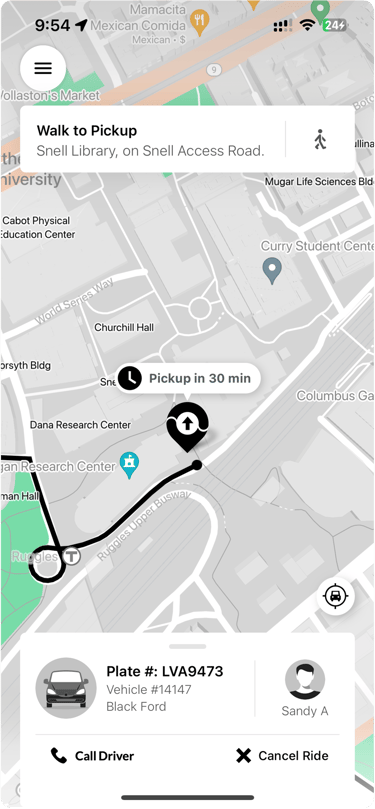

A notification feature to alert passengers when their stop is approaching.
Option to make a group booking while booking a van by multiple users going to a similar location.
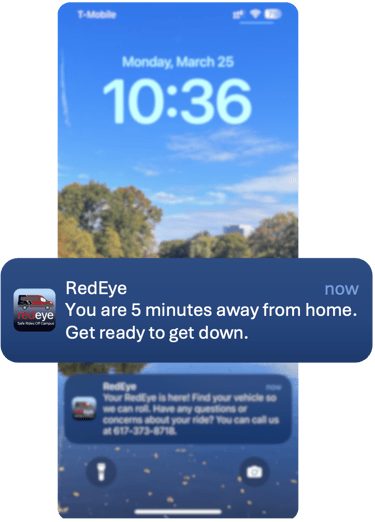

Default pick-up location, mentioned by
50% of respondents.
I strived to ensure that recommendations remained digestible and actionable, mindful of the tendency for lengthy recommendations to go unread. Recognizing the potential constraints of time and budget, I aimed to provide practical alternatives to costly or time-consuming solutions. As outlined in "Don't Make Me Think" by Steve Krug, I emphasized the importance of clarity and conciseness in delivering actionable recommendations.
